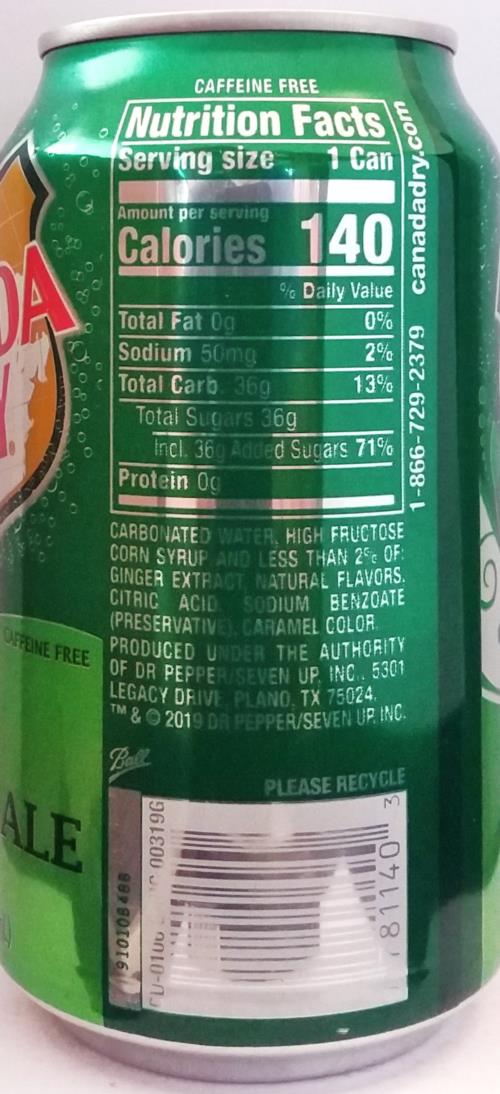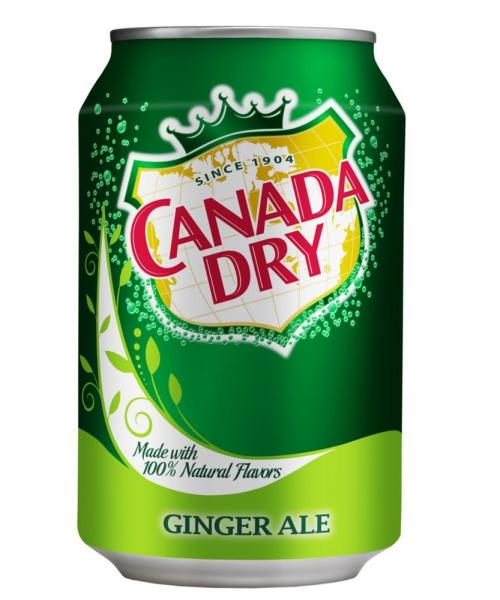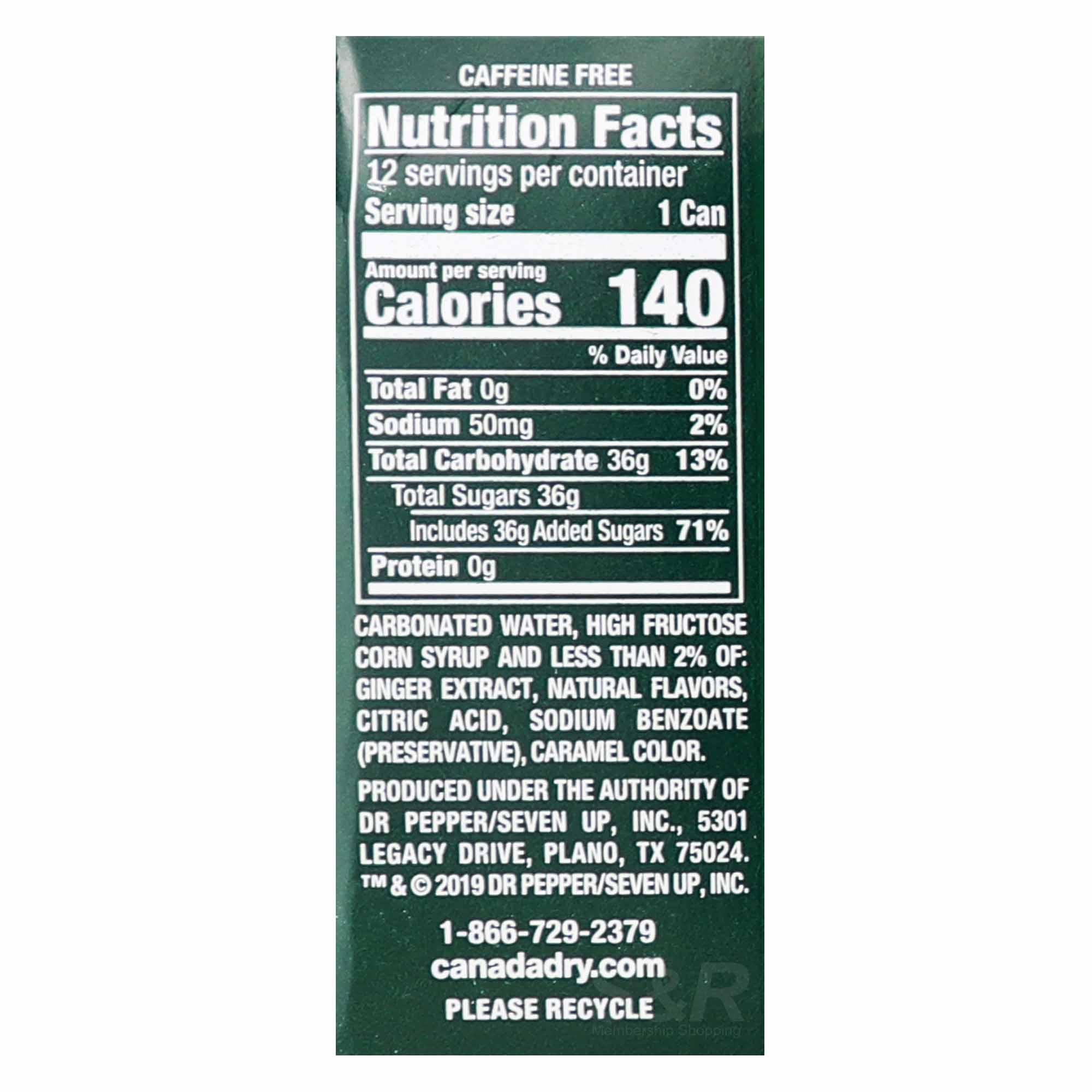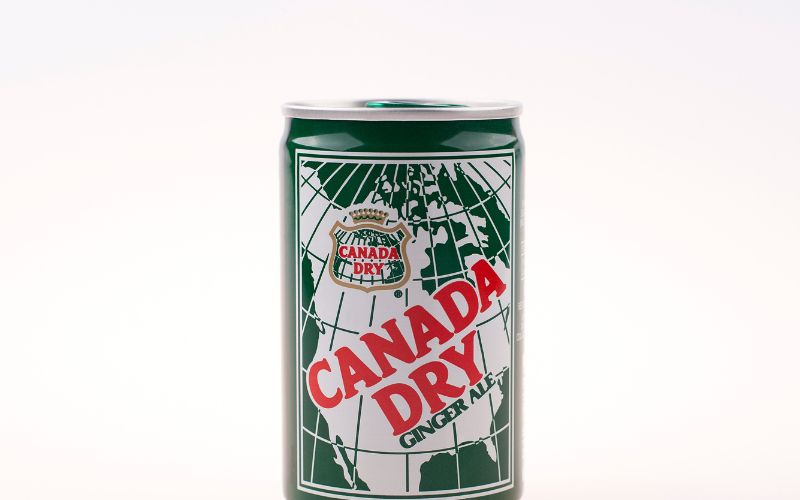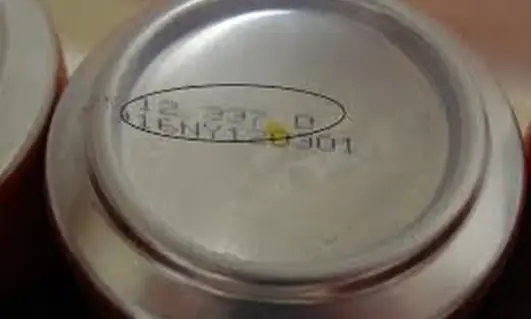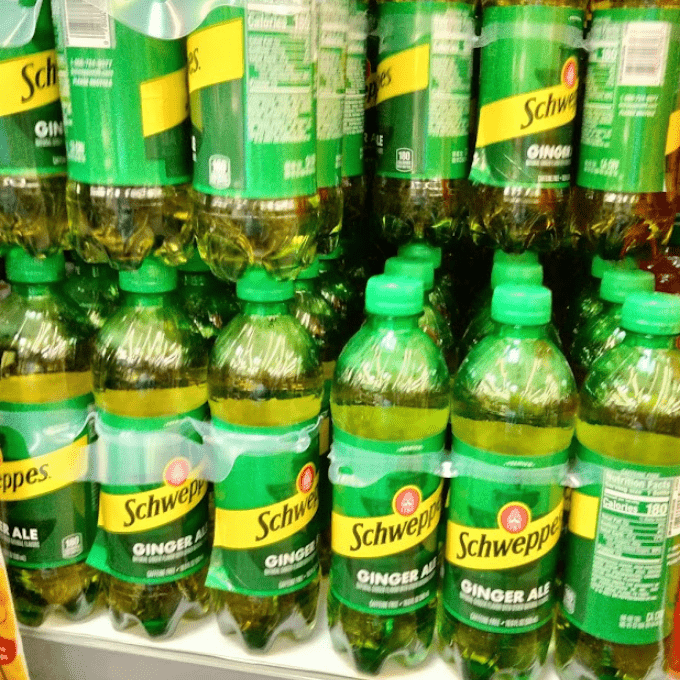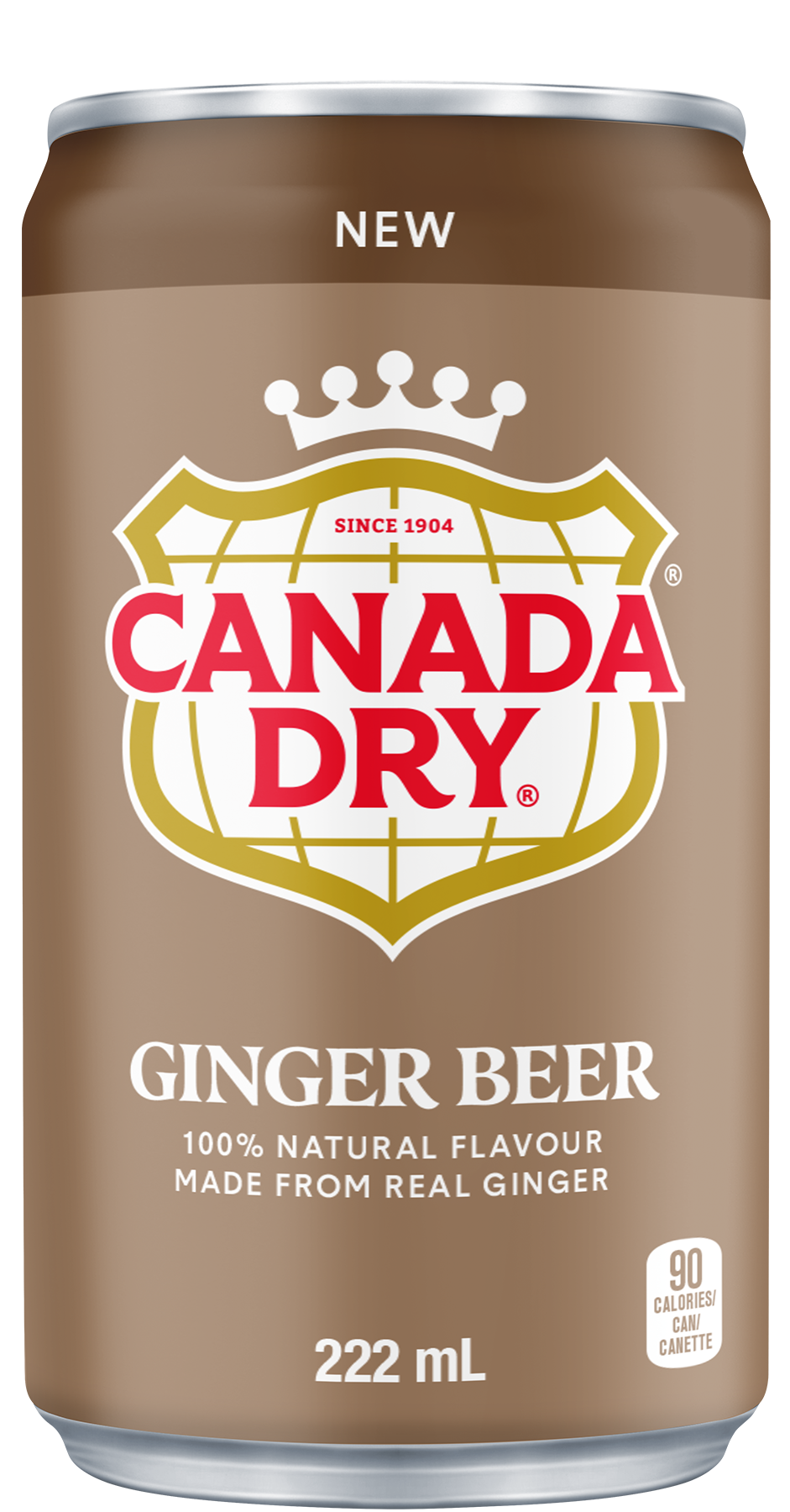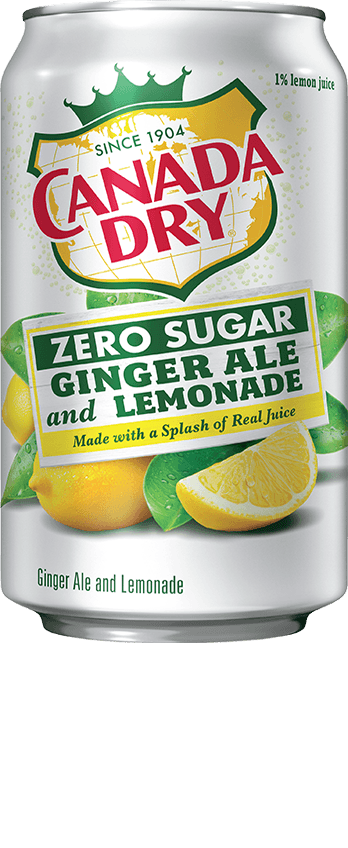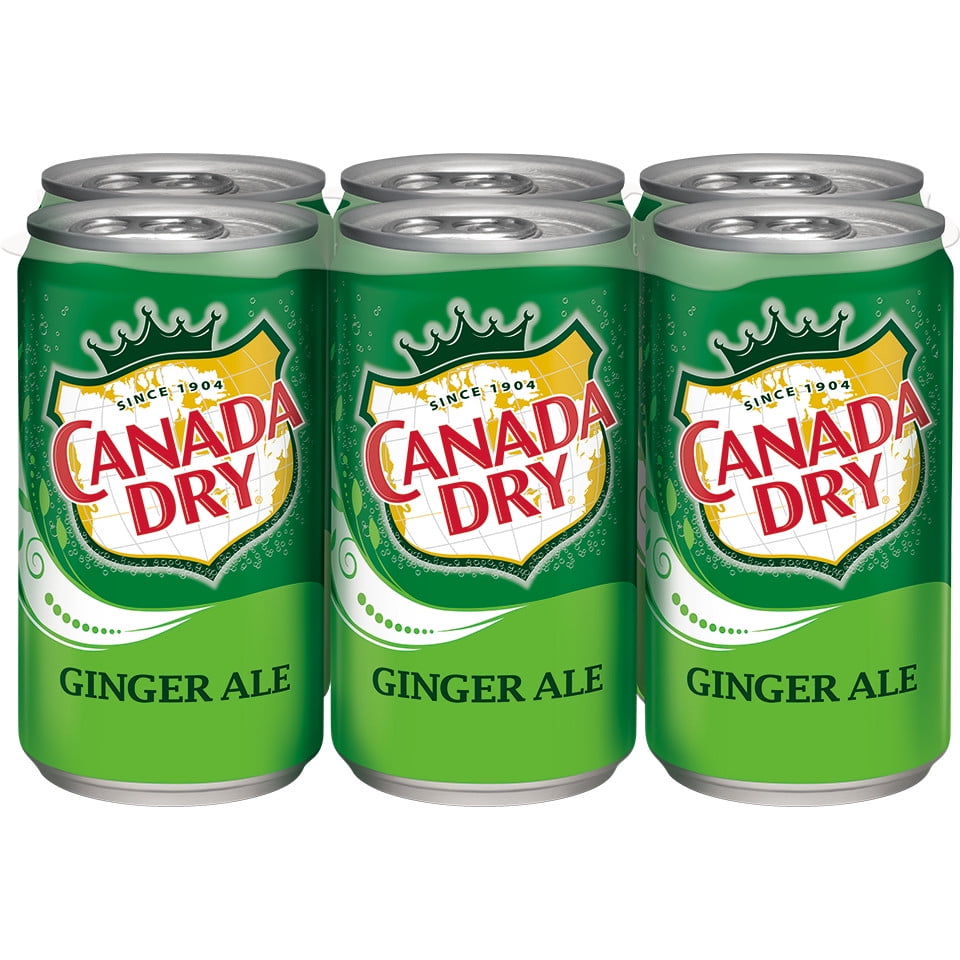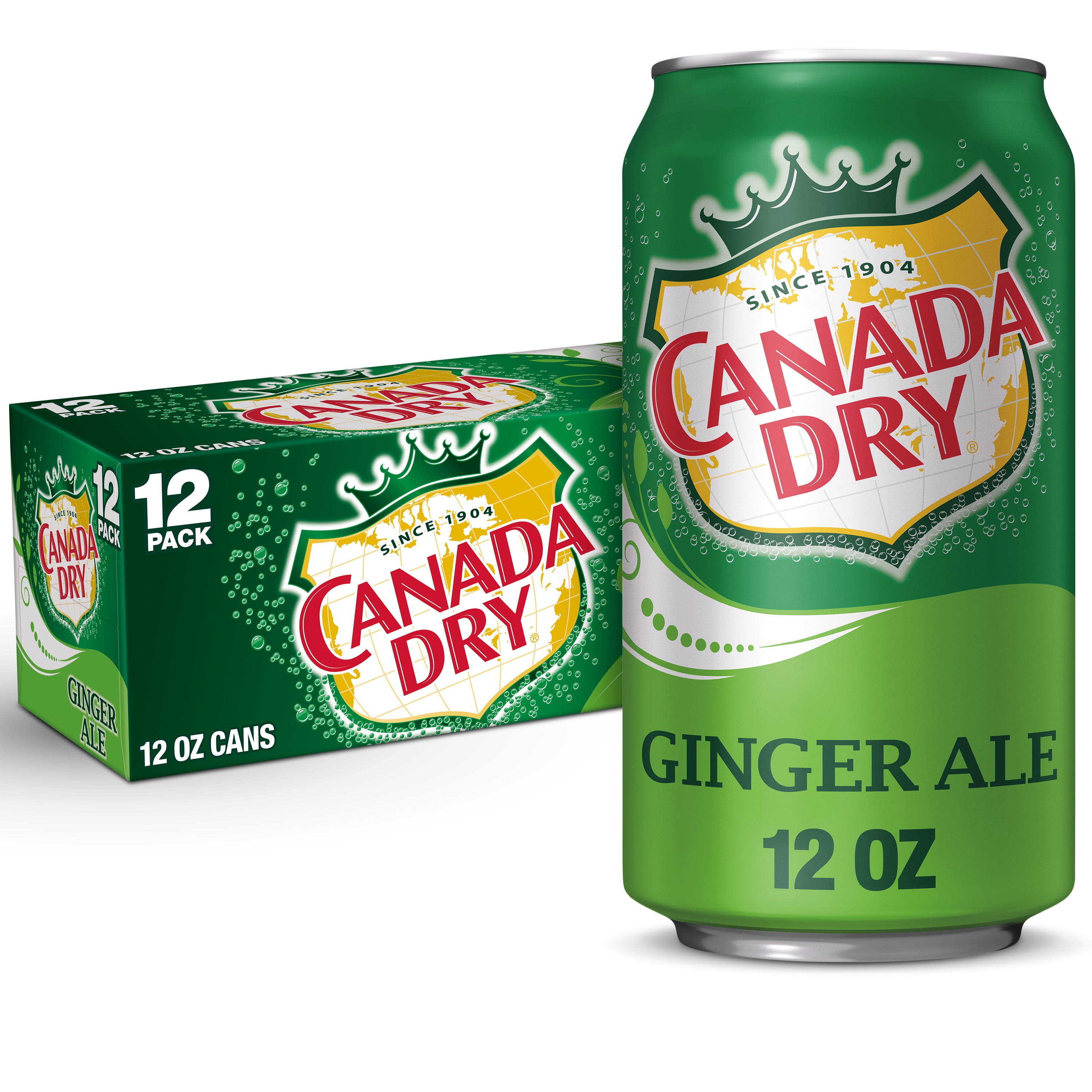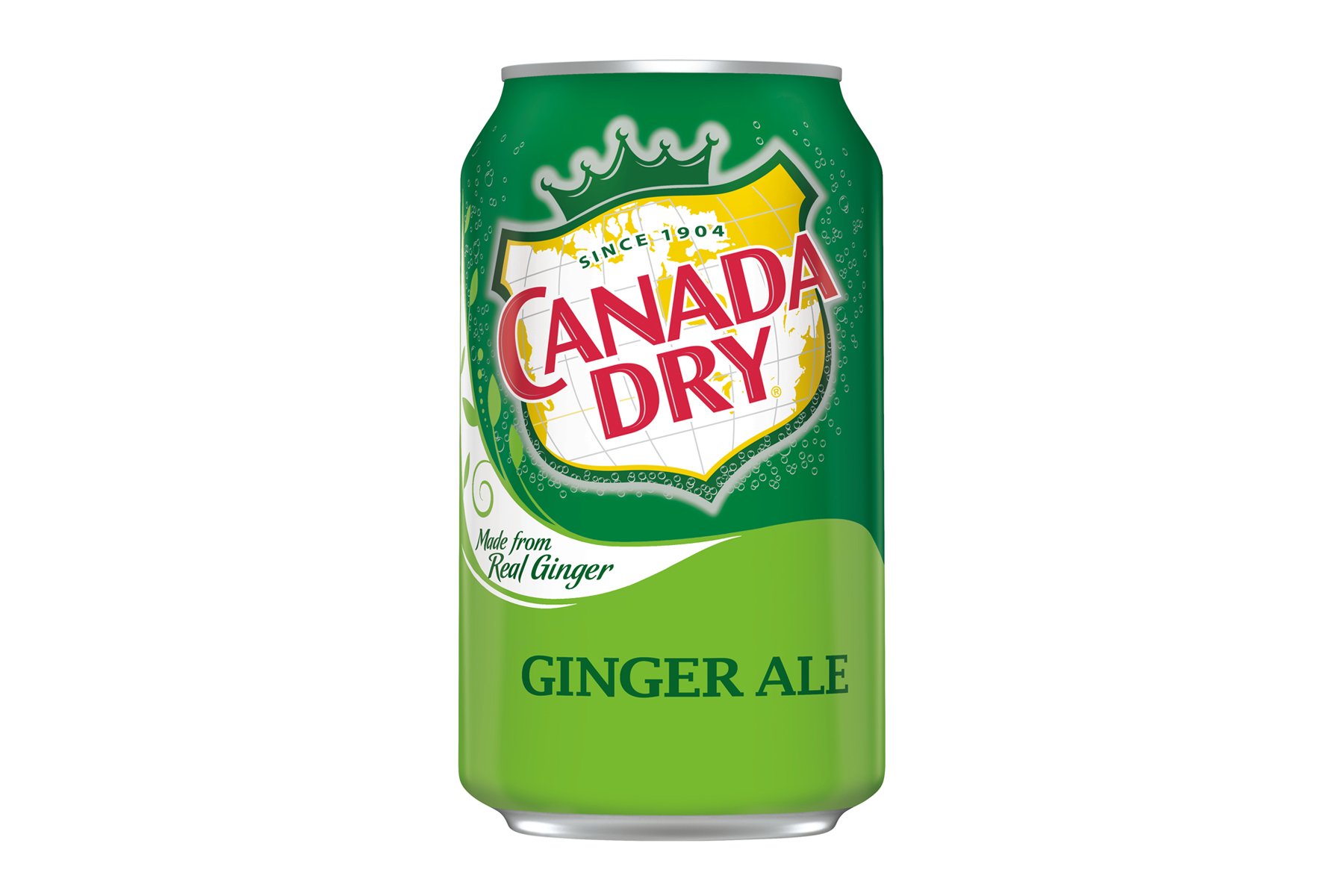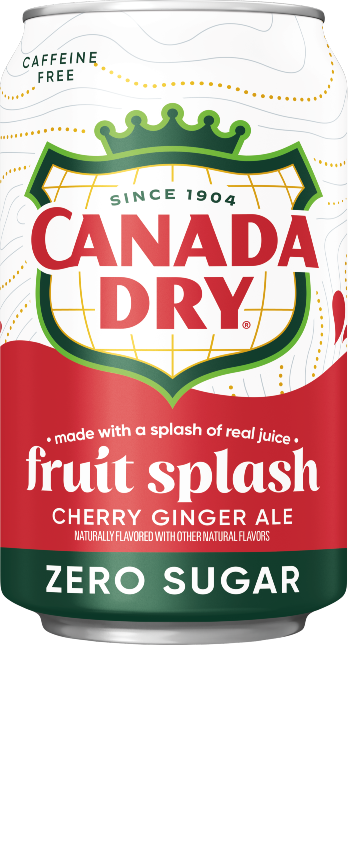Canada Dry Ginger Ale Bottle Expiration Date Code
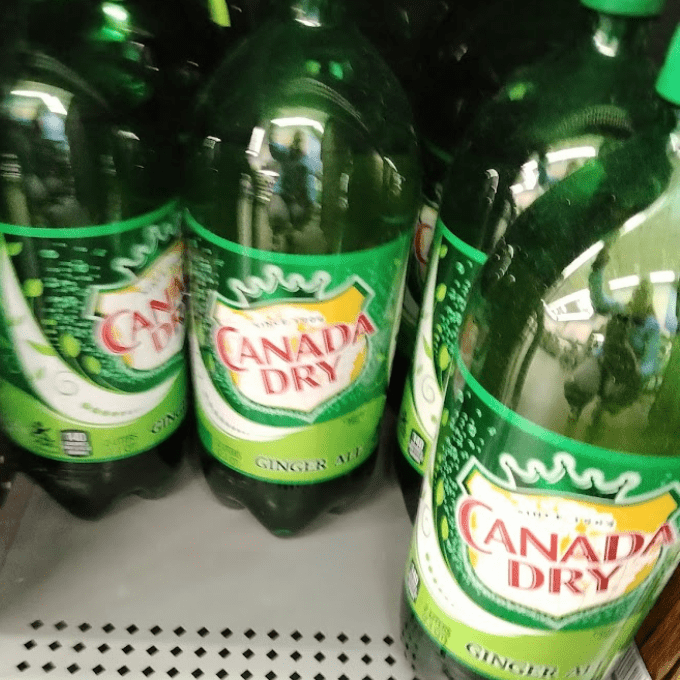
Confusion has been brewing among Canada Dry Ginger Ale consumers over what appears to be an expiration date code printed on bottles and cans. Many are questioning whether their favorite beverage has a shelf life and if the code indicates when it's no longer safe to consume.
The seemingly simple question of expiration dates on Canada Dry products has sparked online debates and consumer inquiries. Understanding the code and its implications is crucial for consumers who want to ensure they are enjoying the beverage at its best quality.
Decoding the Canada Dry Date Code
The code printed on Canada Dry Ginger Ale bottles and cans is not an expiration date, but rather a production date code. According to Keurig Dr Pepper, the parent company of Canada Dry, the code is used for internal tracking and inventory management purposes. This production date assists in tracing batches in case of quality control issues.
Keurig Dr Pepper's official website provides information about deciphering the code. The code format typically includes a combination of letters and numbers indicating the year, month, day, and time of production.
What does the Production Date Mean for Consumers?
While the code isn’t an expiration date, it does offer insight into the product's freshness. While Canada Dry Ginger Ale does not "expire" in the traditional sense, its flavor and carbonation may diminish over time.
For the best taste experience, it's generally recommended to consume the product within 9 months to a year of the production date. This ensures the ginger ale maintains its intended flavor profile and level of fizz.
"For optimal enjoyment, we recommend consuming our products as fresh as possible,"stated a Keurig Dr Pepper representative in a response to a consumer inquiry. This emphasizes the importance of considering the production date in relation to the consumer's desired quality.
Impact on Consumers and Retailers
The misunderstanding surrounding the production date code highlights the importance of clear and accessible information on product packaging. Many consumers are accustomed to looking for expiration dates on perishable goods and may naturally assume the code serves the same purpose. Clearer labeling could help alleviate confusion.
Retailers also play a crucial role in managing inventory to ensure products on shelves are within the recommended consumption timeframe. Rotating stock based on production dates can help maintain product quality and customer satisfaction.
The confusion highlights the need for food and beverage companies to provide clear and easily understandable information about dating codes. Accessible explanations on company websites, product packaging, or through customer service channels can empower consumers to make informed choices.
A Case of Misinterpretation: Online Discussions
Online forums and social media groups have been rife with discussions about the Canada Dry date code. Consumers have shared photos of codes, speculated about their meaning, and sought clarification from other consumers.
This demonstrates the power of online communities in sharing information and experiences related to consumer products. While these discussions can be helpful, it's important to rely on official information from the manufacturer to ensure accuracy.
One such online user named Jane Doe stated, "I saw a code on my bottle and thought it was expired! I'm glad I looked it up." This sentiment reflects a common experience among consumers who are unfamiliar with production date codes.
Ultimately, the “expiration date” code on Canada Dry Ginger Ale bottles and cans is a production date meant for internal tracking. Consumers can use this information to gauge freshness, but it doesn't indicate that the product is unsafe to consume past a certain date. Addressing consumer confusion requires clearer labeling and communication from manufacturers to ensure informed consumption.

